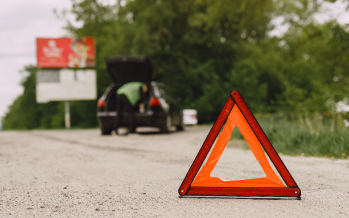In Kenya, many insurance companies offer a “no blame no excess” clause in their car insurance policies. This clause can be an attractive feature for many careful drivers, especially those who want to protect themselves from unexpected costs in the event of an accident. But what does this clause actually mean, and how does it work?
First, let’s define what we mean by “no blame no excess”. This clause essentially means that if you are involved in an accident that is not your fault as per the police abstract, you will not have to pay any excess (the amount you have to pay out of pocket to contribute to a claim) when involved in an accident.
So, how does this clause work in practice?
Let’s say you are driving your car and another driver runs a red light and hits you. In this case, the other driver would be considered at fault for the accident. If you have a “no blame no excess” clause in your insurance policy, you would not have to pay any excess when making a claim, since you were not at fault for the accident. Instead, the other driver’s insurance company would be responsible for covering the cost of the damages to your car.
If you’re considering a “no blame no excess” insurance policy in Kenya, it’s important to read your policy document carefully to ensure that you understand exactly what is covered and what is not. You may also want to compare policies from different insurance companies to find the best coverage and rates for your needs.
In conclusion, a “no blame no excess” clause in a car insurance policy can provide valuable protection for drivers who want to avoid unexpected costs in the event of an accident that is not their fault. However, it’s important to carefully review the terms and conditions of the policy to ensure that you fully understand what is covered and what is not. With the right insurance coverage, you can enjoy peace of mind on the road knowing that you’re protected in the event of an accident.
Take on that comprehensive insurance and live stress free!
#besmartwithus

0 Comments